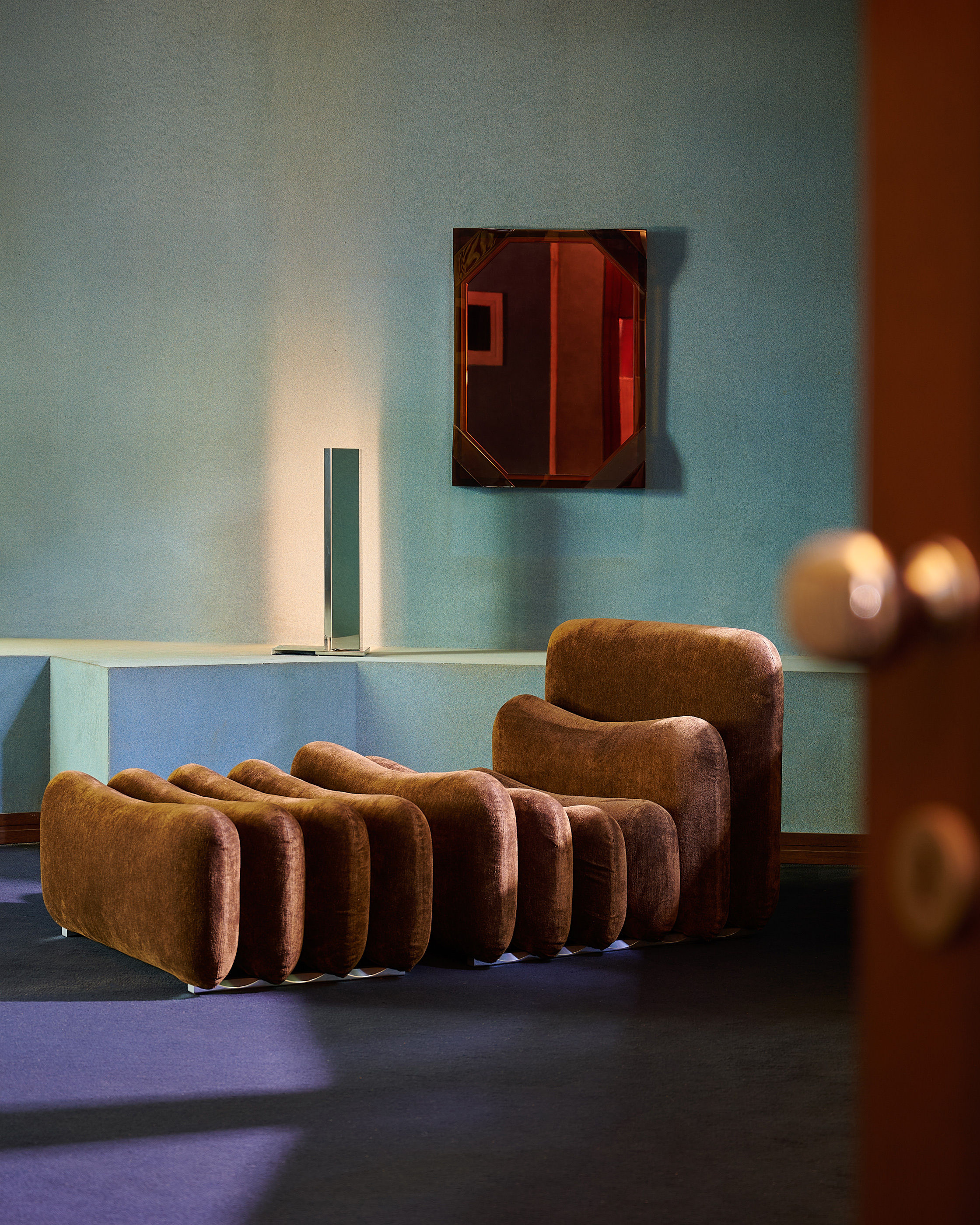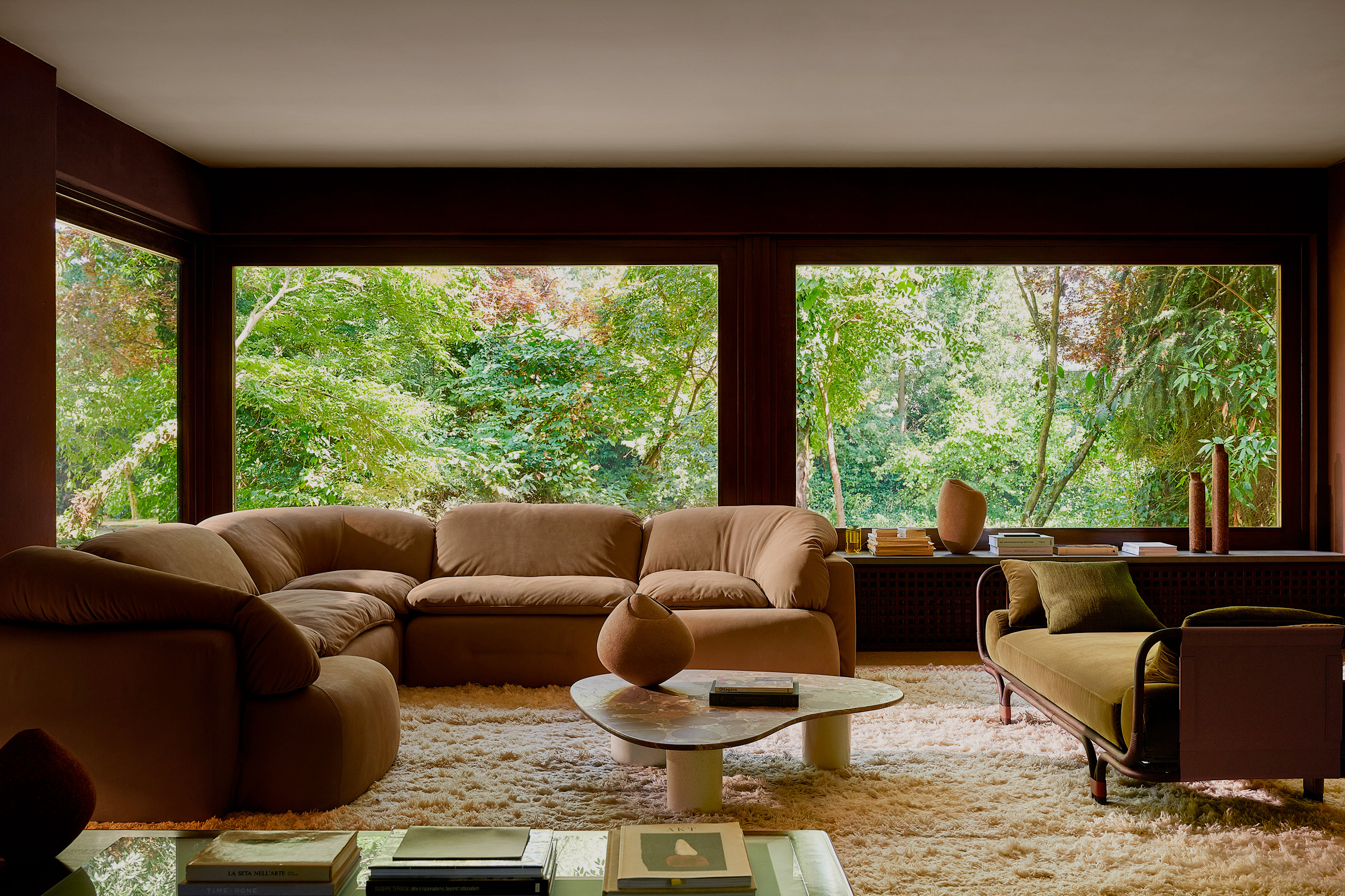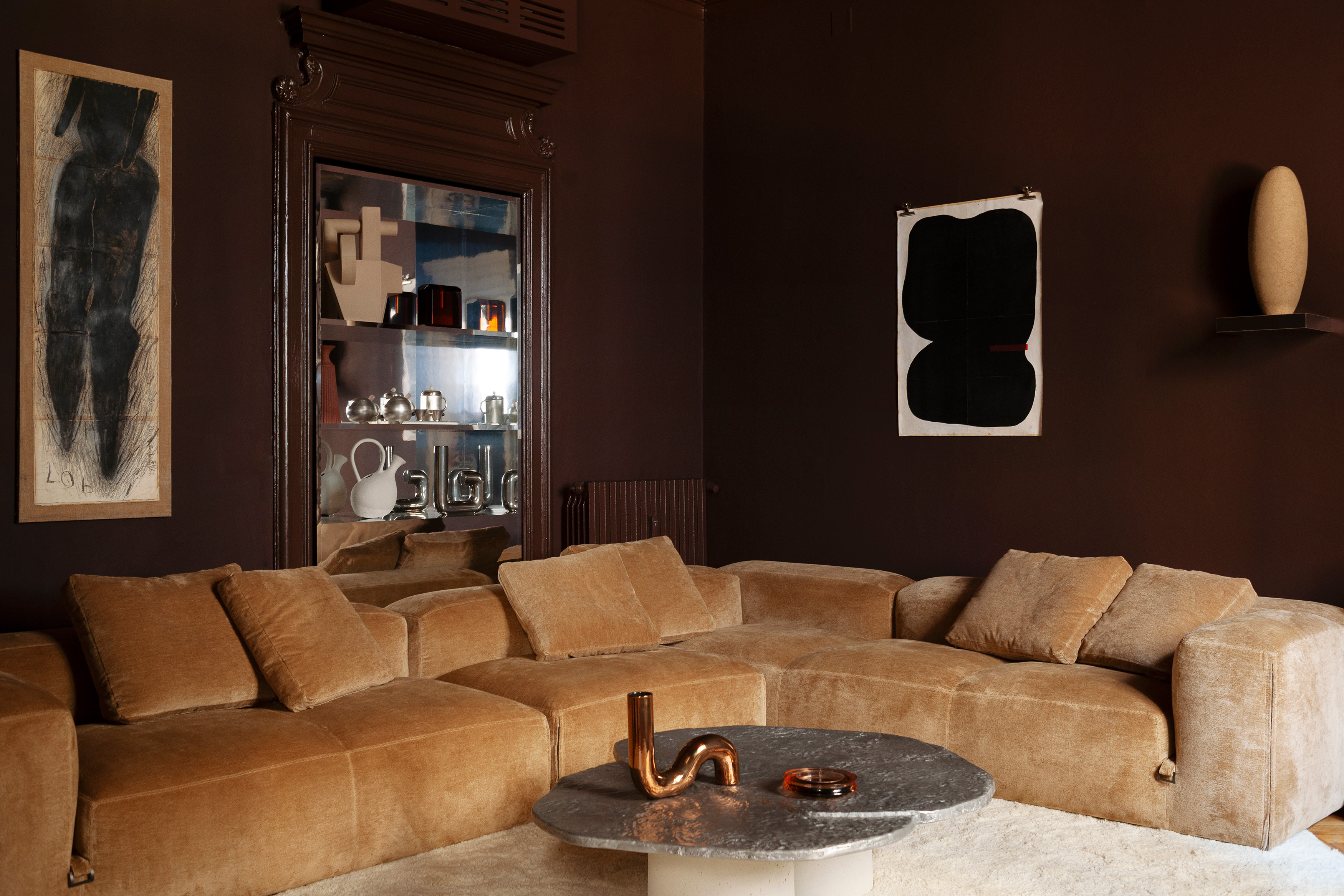Tacchini: Italian Design Furniture & Iconic Re-Editions
Collections
New Collection 2025
Tacchini reaffirms its vocation to bring together creations by international design talents with the reissues of great Masters from the past.
Discover the collection
Sofas and daybeds
Tacchini sofas and daybeds are born from an ongoing quest for timeless solutions, designed to accompany everyday life with comfort and material richness – from upholstered pieces to more sustainable options, and reissues of iconic designs.
Discover the products
Stories
Faye Toogood x Tacchini: Bread and Butter
Faye Toogood’s collection honors the poetry of daily rituals with a material, artisanal sensibility.
Read the story
Designers
In the house of Tacchini, designers are honoured guests who dress its secret rooms.
Discover the designers

Newsletter
Stay up to date with the latest news from the world of Tacchini.





























